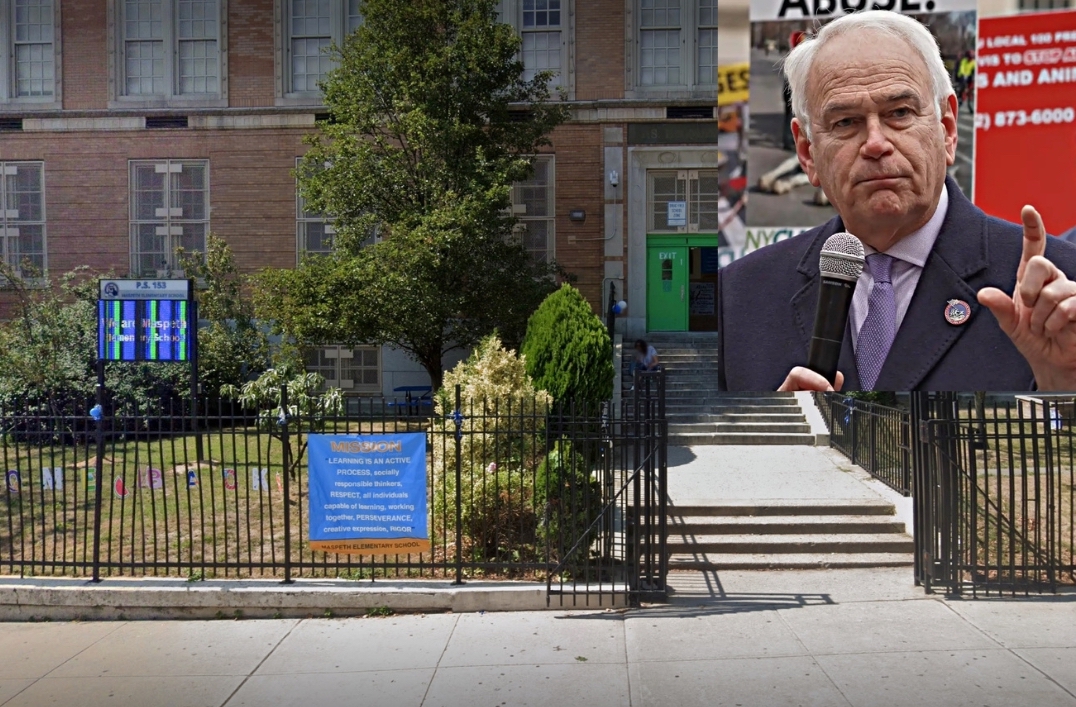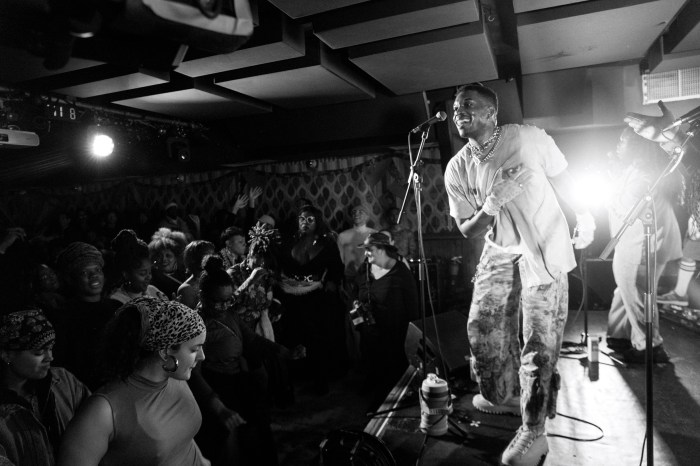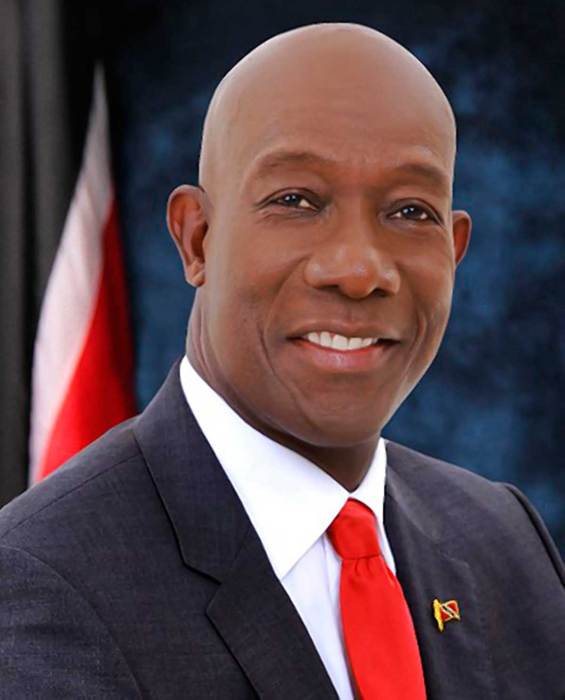Inside a cathartic letter to the mother of the man who died on the
floor of Vancouver’s airport is a symbol of what the author says is the
failing relationship between the RCMP and the public.
All four officers who confronted Robert Dziekanski the night he died
were wearing black leather gloves – what Mounties call slash gloves.
They’re supposed to protect officers from having their hands
pricked or cut by sharp objects, but Mike Webster, a police
psychologist for three decades, explained in the letter to Zofia
Cisowski that the gloves are worn by some to intimidate.
Webster testified recently at the inquiry into Dziekanski’s death.
Bystander video released after Dziekanski died shows the
officers wearing the gloves and leaping over an airport railing. Within
seconds one officer shocked the Polish immigrant with a Taser and
Dziekanski fell to the floor screaming in pain.
In an interview, Webster said the gloves have become much more than protection from sharp objects.
“They’ve become another tool now, by the looks of things, in the
members’ armoury. But they (RCMP members) don’t think very much about
the effect they have on the public.”
Webster said police often fail to recognize how intimidating
the gloves, or just their presence, can be for a member of the public.
“The first time you speak to a general-duty police person who’s
got body armour on outside their shirt, it can take people’s breath
away.”
While he said he understands the use for body armour, he doesn’t believe the gloves are necessary.
“I think that the idea behind using the gloves for a psychological effect is misplaced and just not part of good policing.”
Webster knows officers who wouldn’t walk through a bar without
putting on the slash gloves because of the psychological effect it has
on patrons and he has been told by other officers that they use the
gloves to intimidate.
The gloves have a very thin layer of Kevlar under the leather,
and RCMP spokesman Sgt. Tim Shields said they’re meant to prevent
needle pricks or knife slashes.
“In front-line, uniform policing we encounter many, many people
who, as we search them, we find they had sharp objects that could have
cut our hands,” he said. “It’s just an officer safety thing.”
RCMP training does include the use of the gloves “where appropriate,” Shields said.
He said there have been dozens and dozens of incidents where
police officers have been cut or pricked by a needle, including some
where the needle contained HIV-positive body fluid.
Shields said it’s just wise and prudent if a police officer
expects to put their hands on someone that they put the gloves on
first.
It’s an argument Webster doesn’t buy, and in his business it’s called “catastroph-izing” an event.
Contrary to what others believe, he said, policing isn’t one of the most dangerous jobs in the community.
He said most organizations that gather such statistics rank
policing around 15th, well behind taxi drivers, construction workers,
fishermen and loggers.
Instead, he said in his open letter, the gloves are a symbol of the RCMP executives’ relationship with the public.
“So in a perverse way we can understand the climate in which the
Taser was so warmly embraced by the RCMP decision makers and is so
enthusiastically deployed by its loyal members,” his letter states.
Shields said RCMP officers aren’t trained to see the gloves as
intimidating, but added if they prevent violence then that’s a victory.
“Because our goal is to save lives, it’s to prevent violence. There are many times we have to arrest somebody,” he said.
“If we can do that without resorting to violence through having a greater show of force, then that’s a win-win for everybody.”
Webster said up until Dziekanski’s death, he and many in the
RCMP were asleep to the failing relationship between the force and the
public.
“I think the RCMP is at a crossroads in its history,” he said.
“It’s time for somebody to say something and see if we can’t salvage this relationship between a Canadian icon and its public.”
















